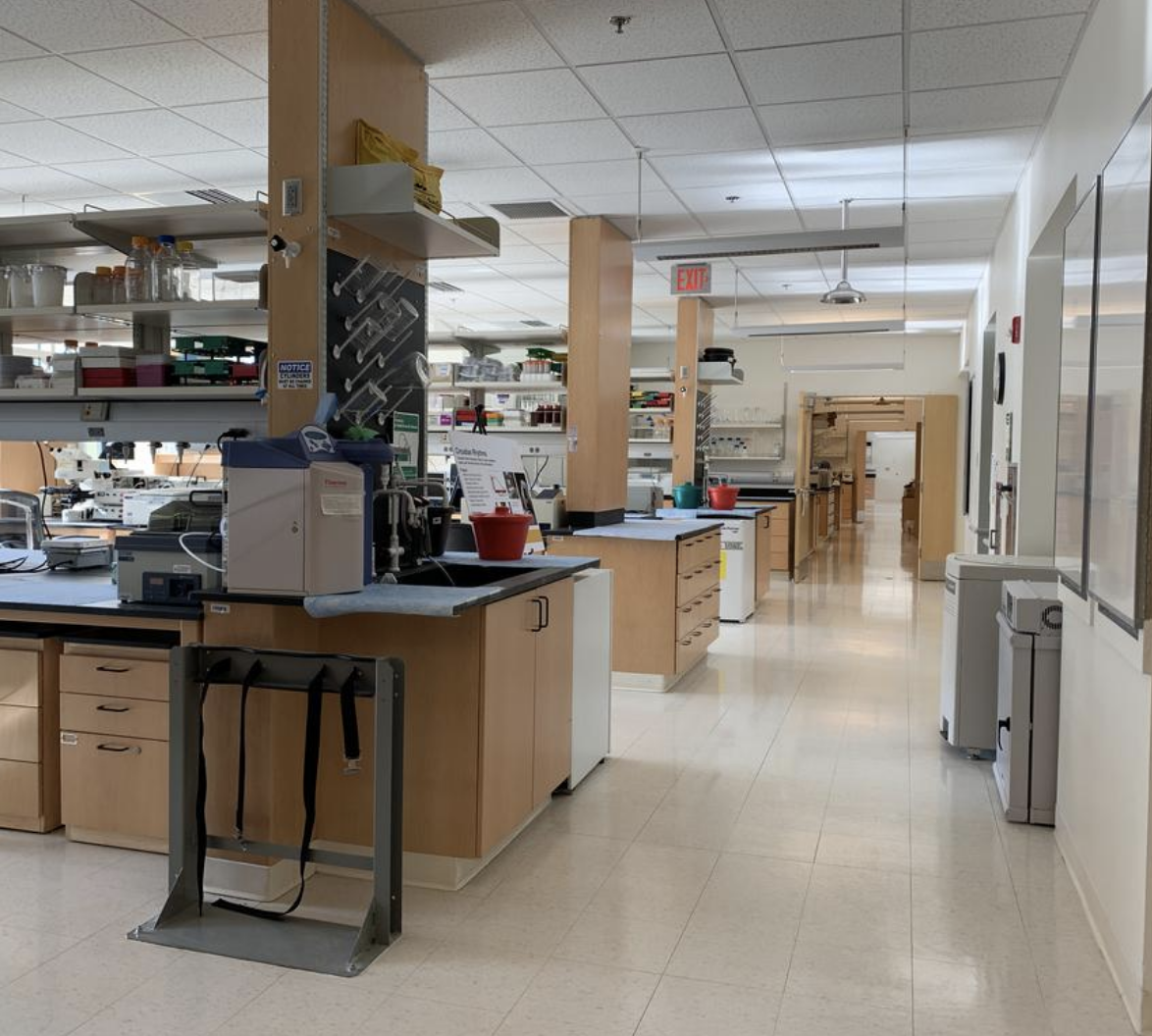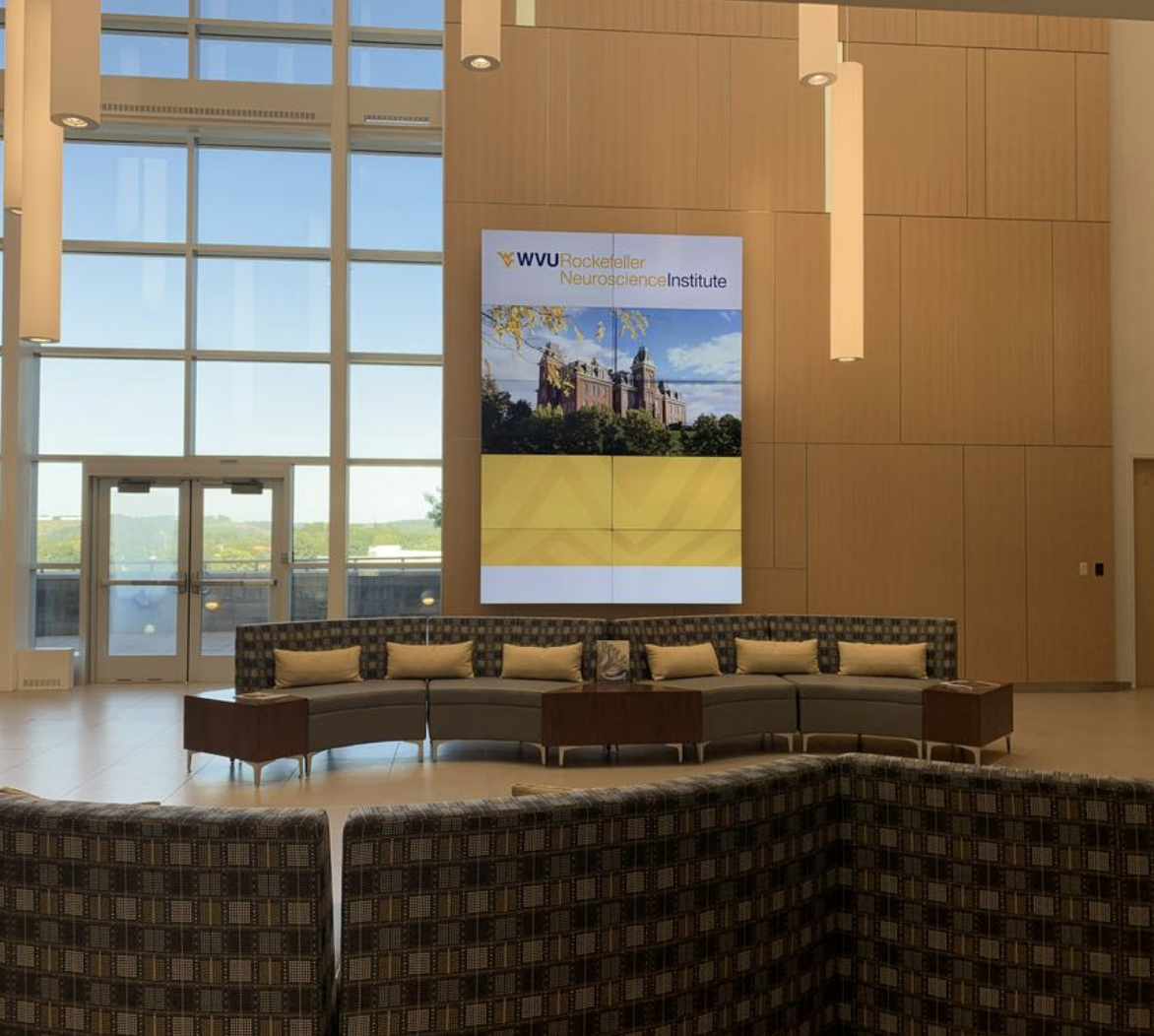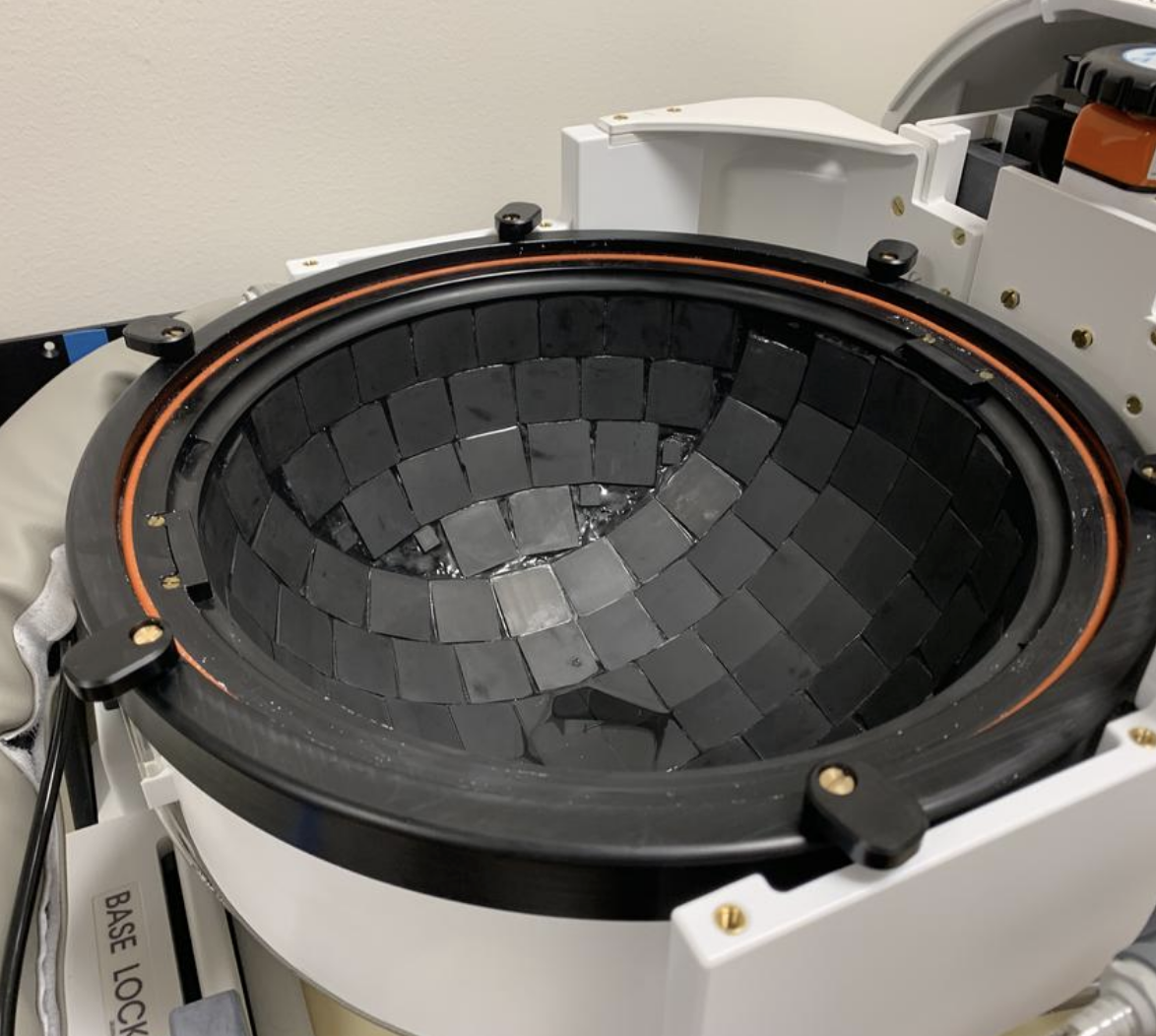Marcellus/Utica Poised for Growth as Another Big Shale Play Slows Down
Comments Off on Marcellus/Utica Poised for Growth as Another Big Shale Play Slows DownAn expected drop over the next couple of years in the country’s hot crude oil and natural gas play, the Permian Basin in Texas and New Mexico, will end up benefitting the Marcellus and Utica in the future, according to a natural gas executive.
What has happened in the Permian has so far had a big impact here in Pennsylvania and the rest of Appalachia, which is the largest gas field in the country but doesn’t have the same output in crude oil. The mostly oil play has been booming over the last few years, and it has been throwing off natural gas and natural gas liquids in such quantities that it’s almost giving away natural gas and liquids. For natural gas producers in the Marcellus and Utica Shale, who are trying to make money off the gas produced here, the Permian associated gas has been dropping prices as well as competing for capital.
But some projections show the Permian’s rapid growth may be declining — and the Energy Information Administration reported earlier in 2019 that year-over-year production growth has slowed from a peak in 2018. The Marcellus and Utica, for instance, continue to grow production. John Powell, SVP of marketing, supply and logistics for Crestwood Equity Partners LP, told the Marcellus Utica Midstream Conference on Thursday morning in downtown Pittsburgh, said that poses an opportunity after 2024 in Appalachia to provide for the natural gas liquids like ethane, propane and butane.
“That gas is going to come from the Marcellus and Utica area,” said Powell. Crestwood Equity (NYSE: CEQP), a master limited partnership for midstream operations that has assets in the region, believes there’s pretty much enough pipeline capacity, with small exceptions, in the Marcellus and the Utica to handle the liquids that would need to be transported. But, Powell said, there might need to be more fractionation capacity – processing plants like MarkWest and Blue Racer Midstream — that processes natural gas into liquids.
Despite a somewhat downbeat tone to the first day of the conference due to the immediate and near future term for natural gas producers and the midstream companies that take the gas from the field to market, Thursday’s sessions were more positive about the outlook. Presenters talked about challenges, including regulatory and activist. But they also said that the Marcellus and Utica midstream industry is likely to see growth with the use of ethane, a natural gas byproduct, as the raw feedstock for the Shell petrochemical plant in Beaver County as well as one proposed in Belmont County, Ohio, and potential other petrochemical plants that will spring up. And there’s also a potential to export more natural gas liquids to the rest of the world for future development. But the fast production growth has meant that there’s a lot of product that doesn’t have anywhere to go yet, said Jeff Pinter, EVP of NGL Liquids, a division of midstream provider NGL Energy Partners LP (NYSE: NGL).
“The future is very bright. There’s a lot of demand coming … but we’re a little early on supply,” Pinter said.
The main market for export in the future will be Asia, Pinter said. But those plants haven’t been built yet.
And, said Wally Kandel, SVP of Solvay Specialty Polymers USA as well as a founding member of Shale Crescent USA, there are lots of opportunities to use the natural gas liquids here, either as polyethylene and polypropylene plants or in downstream manufacturing facilities.
Article By Paul J. Gough, Pittsburgh Business Times







